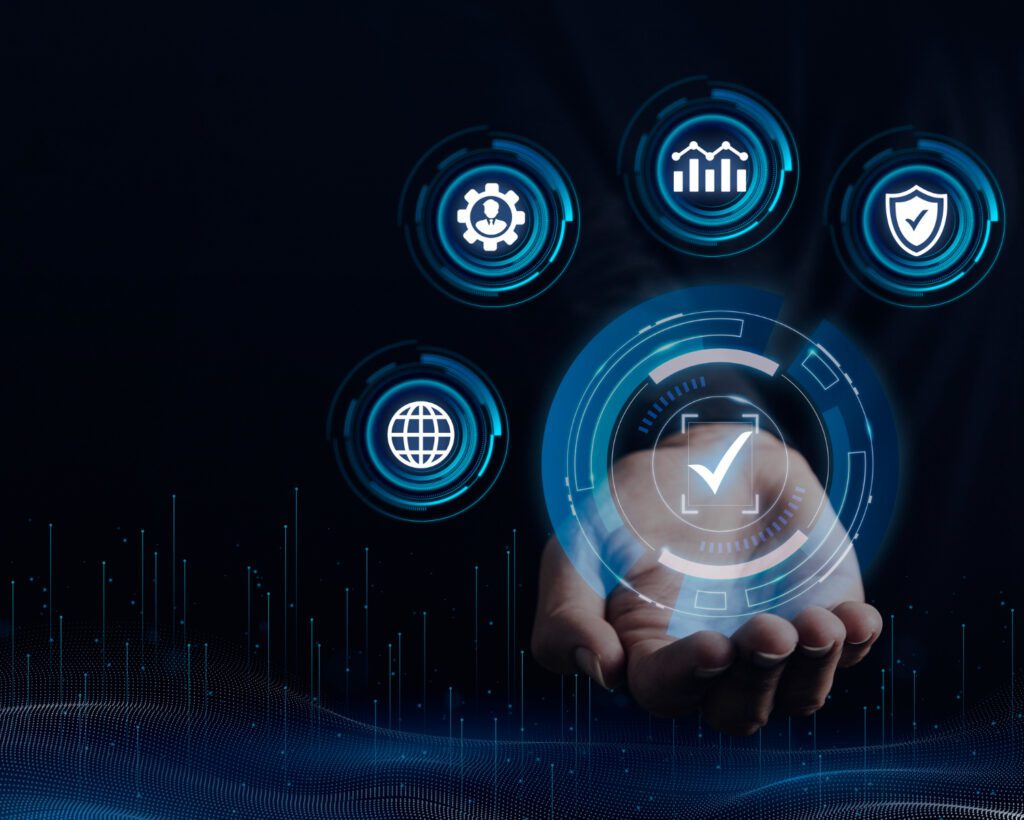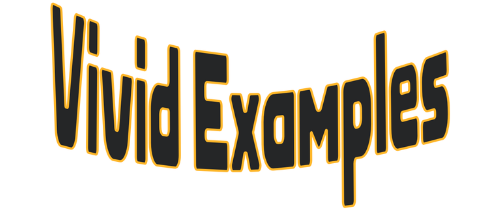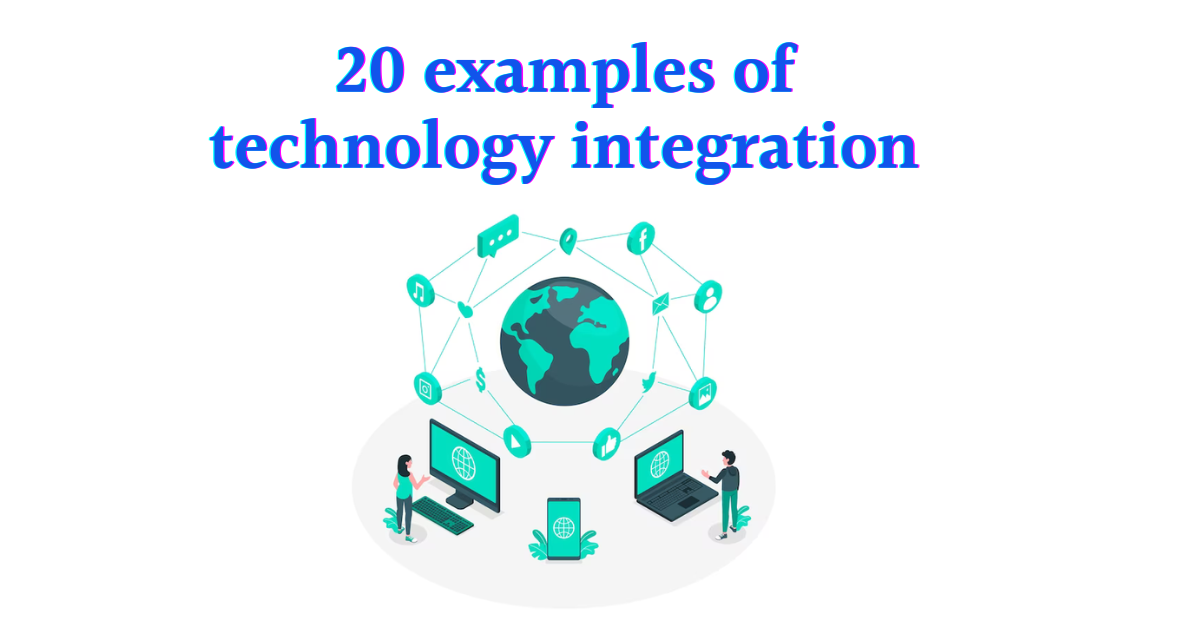Welcome to our blog! Today, we’re diving into the fascinating world of technology integration. In the era of digital transformation, technology integration has become an integral part of our daily lives, influencing how we work, learn, and interact.
In this blog, we will explore various examples of technology integration, from classrooms to businesses, and even in our homes. We’ll look at how technology is not just about using tools, but about using them to achieve more efficient outcomes and make our lives easier.
Stay tuned as we delve into the innovative ways technology is being integrated into various sectors, transforming processes, enhancing productivity, and paving the way for a more connected and efficient future. Let’s embark on this exciting journey together!
What are some examples of technology integration?
Technology integration is the use of technology resources – computers, mobile devices like smartphones and tablets, digital cameras, social media platforms and networks, software applications, the Internet, etc. – in daily classroom practices, and in the management of a school. Here are some examples of technology integration:
1. E-Learning Platforms
Online education has boomed in recent years, with platforms like Coursera and Udemy offering diverse courses and certifications. The integration of technology enables students worldwide to access high-quality education from the comfort of their homes.
2. Internet of Things (IoT) in Smart Homes
Smart home technology integrates IoT devices to automate tasks, such as controlling lighting, temperature, and security systems, making homes more convenient and energy-efficient.
3. Augmented Reality (AR) in Retail
AR technology allows customers to virtually try on clothing or visualize furniture in their homes, improving the shopping experience and reducing return rates.
4. Virtual Reality (VR) in Training
VR has found application in training simulations for industries like aviation, medicine, and the military, providing a safe and immersive environment for trainees to practice complex tasks.
5. Artificial Intelligence (AI) in Customer Service
AI-powered chatbots and virtual assistants have transformed customer service by providing instant responses and personalized support around the clock.
6. Mobile Banking Apps
With the integration of technology, banking apps offer users convenient access to their accounts, mobile payments, and financial management tools.
7. Telemedicine
Technology has enabled remote medical consultations, allowing patients to receive medical advice and treatment from anywhere, especially beneficial in rural areas.
8. 3D Printing
3D printing technology has revolutionized manufacturing, enabling rapid prototyping, customization, and reduced production costs.
9. Blockchain in the Supply Chain
Blockchain integration has improved supply chain transparency and efficiency by providing a decentralized and immutable ledger for tracking goods.
10. Online Food Delivery Platforms
Food delivery services like Uber Eats and DoorDash have thrived by integrating technology, providing users with easy access to a wide range of food options.
Examples of Technology Integration in Business
Technology integration in business refers to the use of technology resources to improve and streamline business processes. Here are some examples:

11. Cloud Computing
Cloud technology has transformed the way businesses store and access data, offering scalability, cost-efficiency, and remote collaboration.
12. Social Media Marketing
The integration of technology in marketing has resulted in targeted advertising, increased brand visibility, and direct engagement with consumers through social media platforms.
13. GPS Navigation Systems
GPS technology in navigation systems, like Google Maps and Waze, has revolutionized how people navigate, reducing travel time and improving road safety.
14. Online Language Translation Services
Language translation technology has facilitated global communication by providing real-time translation services and breaking language barriers.
15. Renewable Energy Solutions
The integration of technology in renewable energy sources, such as solar panels and wind turbines, has made clean energy more accessible and environmentally friendly.
16. Online Freelancing Platforms
Technology integration has created platforms like Upwork and Fiverr, connecting freelancers with clients worldwide and transforming the gig economy.
17. Digital Entertainment Streaming
Services like Netflix and Spotify have revolutionized the entertainment industry, offering on-demand access to movies, TV shows, and music.
18. Internet Banking and Digital Payments
Technology integration in banking has led to the proliferation of online banking services and digital payment platforms, making transactions faster and more secure.
19. Smart Traffic Management
Intelligent traffic systems use technology to optimize traffic flow, reduce congestion, and improve overall transportation efficiency in urban areas.
20. Online Collaboration Tools
With the integration of technology, remote teams can collaborate seamlessly using tools like Slack and Microsoft Teams, fostering productivity and communication.
Call to Action: Technology has revolutionized the world around us, and education is no exception. Technology integration offers a wealth of opportunities to improve teaching and learning, making the educational experience more engaging, effective, and personalized for all students.

